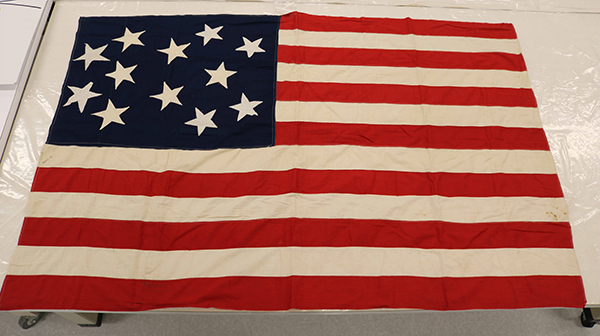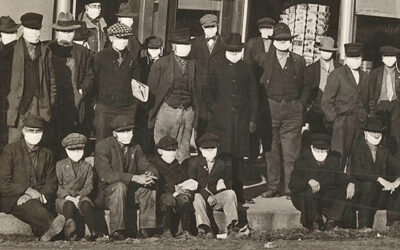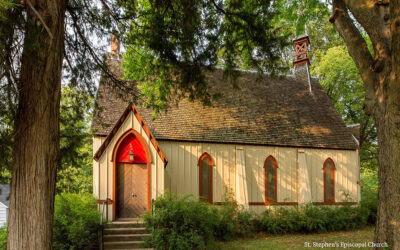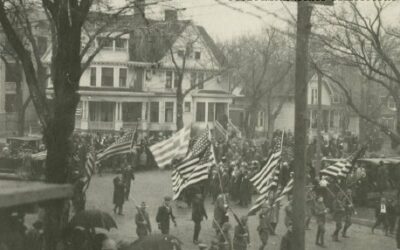
The first US flag had 13 stars. Why does this one have only 12?
This flag from the Nebraska History Museum collections bears a star for each of the states in which women had gained full voting rights. (States granting only limited voting rights—including Nebraska—did not earn a star.)
The stars are applied in a variety of techniques. Six are applied with large hand stitches, with the raw edge of the fabric exposed (the other stars have the edges turned under). On the flag’s reverse side, the blue field is cut out behind these stars so that they are visible from both front and back. Of the remaining stars, three are applied with both machine and hand stitching, two with machine stitching only, and one with small hand stitching and whip-stitching around the edges. There is some variation in the stars’ fabric as well.
Apparently different people added the stars year by year. The above groupings seem to match groups of states: California became the sixth state to grant women the vote in 1911, joining Wyoming, Colorado, Utah, Idaho, and Washington. Next came Arizona, Kansas, and Oregon (1912); Montana and Nevada (1914); and New York (1917).
No further stars were added when Michigan, Oklahoma, and South Dakota joined the club in 1918. Perhaps this was due to World War I; the keepers of this flag may have been busy with Red Cross work by then. And after the war, suffragists’ focus was no longer on state voting rights, but on the state-by-state ratification of the 19th Amendment.
This flag is displayed as part of Votes for Women: Nebraska’s Suffrage Story, an exhibit at the Nebraska History Museum August 16, 2019 – December 17th, 2022.
Related posts: “Nebraska Next: The Fight to Enfranchise Nebraska Women“; “Women’s History Month Resources.”
(Flag credit: History Nebraska 4622-14)




